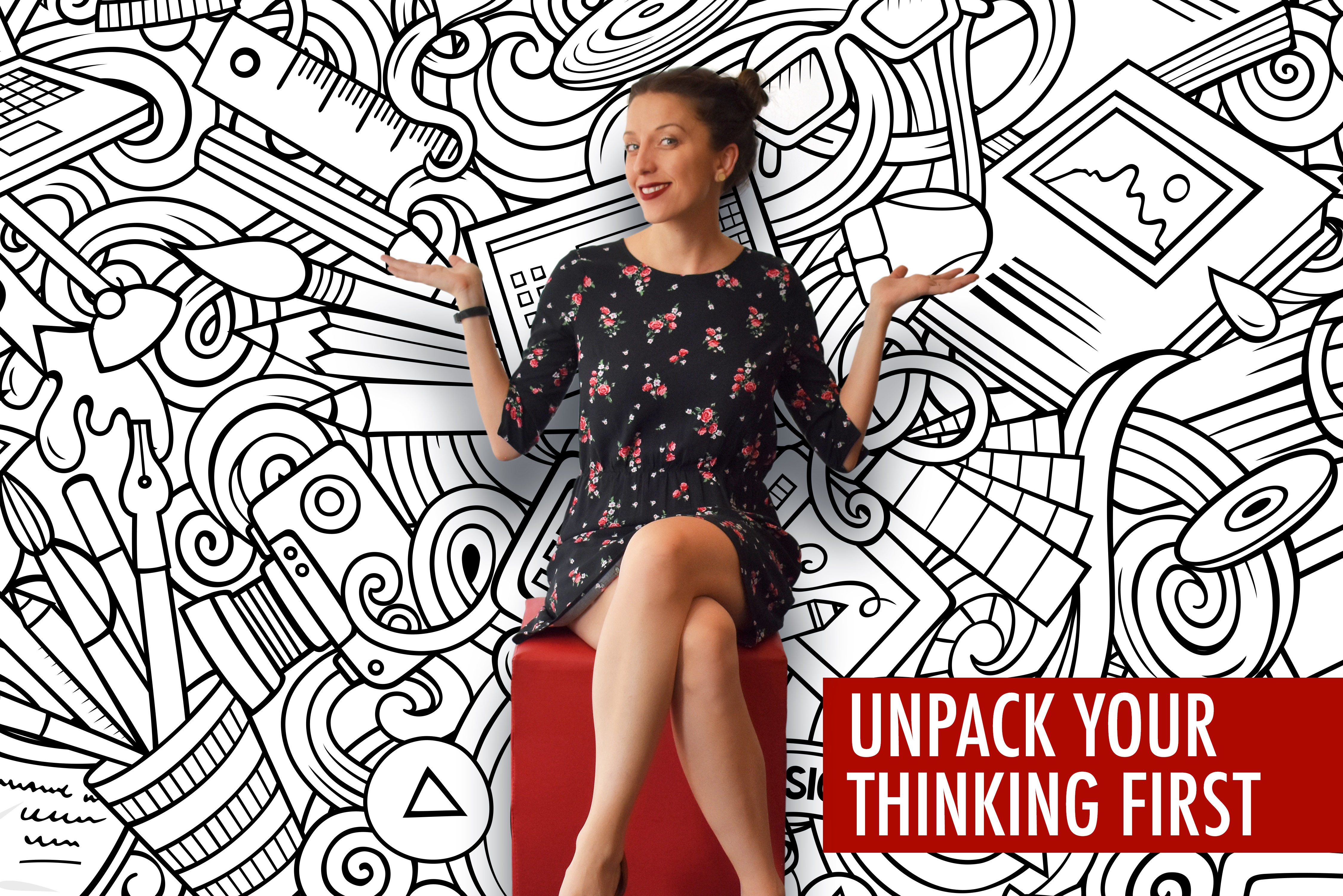As creatives, we often face the daunting task of having to present our work to a client. Your blood, sweat and tears went into conceptualising and creating a new campaign, and now you have to face a cold boardroom and present your work to an audience that just doesn’t have the same emotional connection that you have to your work. (The emotional connection might also be because you are high on coffee and low on sleep by the time it gets to presenting to the client!) So how do you do this? You take the client through a creative story, where you present your understanding of the brief, how you unpacked it, how you interpreted it creatively, and then your thinking and designs. By doing this logically and effectively, you answer any questions before they’ve even thought to ask them.
So how do you do this? You take the client through a creative story, where you present your understanding of the brief, how you unpacked it, how you interpreted it creatively, and then your thinking and designs. By doing this logically and effectively, you answer any questions before they’ve even thought to ask them.
“Why did you choose that font, those colours, that texture? How will this increase sales, market value, and shelf space? What makes what you’re proposing any different to what is already out there?”
Think about these questions when you build your story, and address them as you unpack your creative rationale. Do it visually and thoroughly, and 99% of the time both client and agency will reach the finish line together… with gold. If you choose to not take this journey with your client, you can’t expect them to understand how you answered their brief.
Develop a step-by-step presentation where you explain every idea down to the last pixel, then meet with the client in person to present it. This is how we do it:
- Stretch before you start
Succinctly retelling a client what they told you about their brand might appear to be a waste of time, but what it actually does is reaffirm that you completely understand them. From the start, you are building trust and proving that they’re understood.
- Warm-up lap
You’ve spent the first minute reassuring your client that you understand who they are, now spend the next minute convincing them that you understand what they need. This is where you take a step back and recap the brief to show that you actually listened and analysed their needs.
- Size up your competitors
It doesn’t help to simply list competitor brands – the point is to visually remind your client what they are up against, and to help you build your case for why your creative should be different. If all the competitors all use the colour blue, it will support why you didn’t.
- Turn right, and then right again
You know your creative route, so start guiding your client’s thinking in your direction. To back your ideas, show a successful case study or two, examples of trends in the market, and how similar companies have applied them successfully. Use this opportunity to keep going in the right direction.
- Have a big reveal
You’ve shown your client what you’re not doing and you’ve shown them what works well – now unpack your “The Big Idea”. This is where the fun starts, so make it interesting. Use a drumroll if you have to. Explain the thinking and how it’s relevant to the brief.
- Stop for water – and enjoy the view
You’ve laid the foundation, now comes the easy part. Introduce your colour palette, fonts, textures, and imagery – everything you’ve based your design on. Remember to support your thinking; if you chose cherry red as your primary colour, place the colour swatch next to a cherry and tweak the image to match the colour of the swatch. You’ll be amazed at the impact such a small detail can have.
- You’re almost there (Can you hear the crowd cheering?)
You’ve spent the past 30 minutes taking your client through your entire thought process, but as of yet, you haven’t shown them a single thing they asked for. This is your opportunity to create that “A-ha!” moment. Make it count – present your artwork beautifully. If you don’t do it justice, you’ve wasted their time. And yours. As a side note, 3D mock-ups go a long way.
- The home stretch
This is just sensible. Placing your design next to a direct competitor will show your client how well your theory works, and why there couldn’t possibly be another solution.
- Go the extra mile
When trying to win over a client, it’s always good to do a little more than what they asked for. Think of another application that you can apply your idea to, that is relevant to their brand. This is a great way to show that there is more opportunity in their brief and it’s a chance for you to upsell.
You’ve finished – but your job isn’t done! You’ve poured your heart and soul into your presentation, so it’s understandable if you’re feeling emotional, but it’s important that you not take client feedback personally. Listen to what they say and be sure to take notes, so you can tweak and adapt your concept. Get this right in your final presentation and you cross the finish line a winner. And you leave the other 99 laps to another agency…
- MRF Unveils Latest MAPS® Data - 20th February 2025
- The BRC announces changes to the board and updates for 2025 - 17th December 2024
- Top 50 DSTV TV programmes – October 2024 - 12th November 2024





